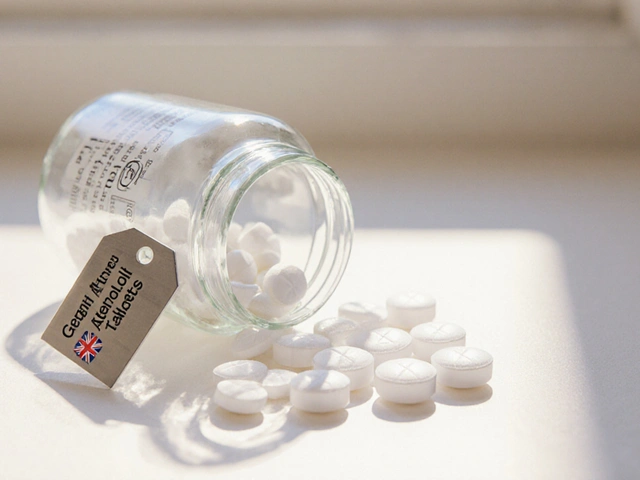Inhaler Side Effects – What You Need to Know
If you rely on an inhaler for asthma or COPD, you probably focus on the relief it brings. But every medication can bring unwanted reactions. Knowing what to expect helps you stay in control and avoid surprise trips to the doctor.
Inhalers come in three main families: rescue bronchodilators, daily inhaled steroids, and combination pills that mix both. Each group has its own pattern of side effects, and the same symptom can mean different things depending on the device you use.
Common Side Effects of Different Inhaler Types
Rescue bronchodilators (like albuterol or levalbuterol) act fast to open the airway. Most users feel a rapid heartbeat, shaky fingers, or a mild headache within minutes. Those feelings usually fade as the dose wears off, but if they linger, you might be using too much.
Inhaled corticosteroids (such as fluticasone or budesonide) stay in the lungs to cut inflammation. A thin white film on the tongue or a sore throat is typical. If you don’t rinse your mouth after each puff, that film can turn into a fungal infection called thrush. Coughing or hoarseness also point to steroid residue.
Combination inhalers merge a bronchodilator with a steroid. They inherit side effects from both: jittery feelings from the bronchodilator and oral thrush from the steroid. Watching the timing of symptoms helps you pinpoint the cause.
Less common but serious reactions include chest pain, severe dizziness, or swelling of the lips and tongue. Those signs may indicate an allergic response and need immediate medical attention.
Practical Tips to Reduce and Manage Side Effects
1. Rinse and spit after every dose of a steroid inhaler. A quick mouthwash with water can stop thrush before it starts.
2. Use a spacer if you have a metered‑dose inhaler. The extra chamber smooths the spray, drops the amount that lands in your mouth, and lessens jitteriness.
3. Check your technique. A common mistake is inhaling too fast, which sends medication to the throat instead of the lungs. Slow, deep breaths followed by holding the breath for about 10 seconds improves delivery.
4. Track your doses. Overusing a rescue inhaler can worsen side effects and signal poor asthma control. A daily log helps you and your doctor spot patterns.
5. Talk to your pharmacist. They can recommend low‑dose alternatives or a different inhaler brand that might cause fewer side effects.
If you notice persistent hoarseness, a weird taste, or shaking that doesn’t go away, schedule a quick check‑up. Adjusting the dose or switching devices often solves the problem without losing the breathing relief you need.
Remember, inhalers are life‑saving tools. Understanding the side effects, catching them early, and using simple tricks can keep them safe and effective for years to come.
Albuterol Inhaler vs Alternatives: Quick Comparison Guide
By Lindsey Smith On 25 Sep, 2025 Comments (8)

A concise, side‑by‑side look at albuterol inhalers and the most common alternatives, covering how they work, key differences, costs and tips for choosing the right rescue medication.
View More




